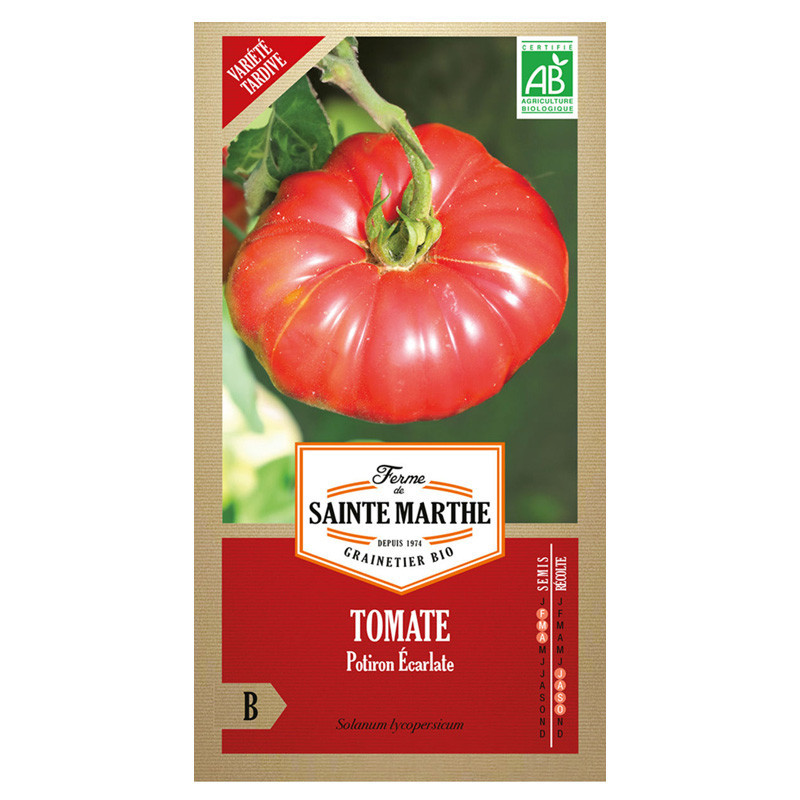
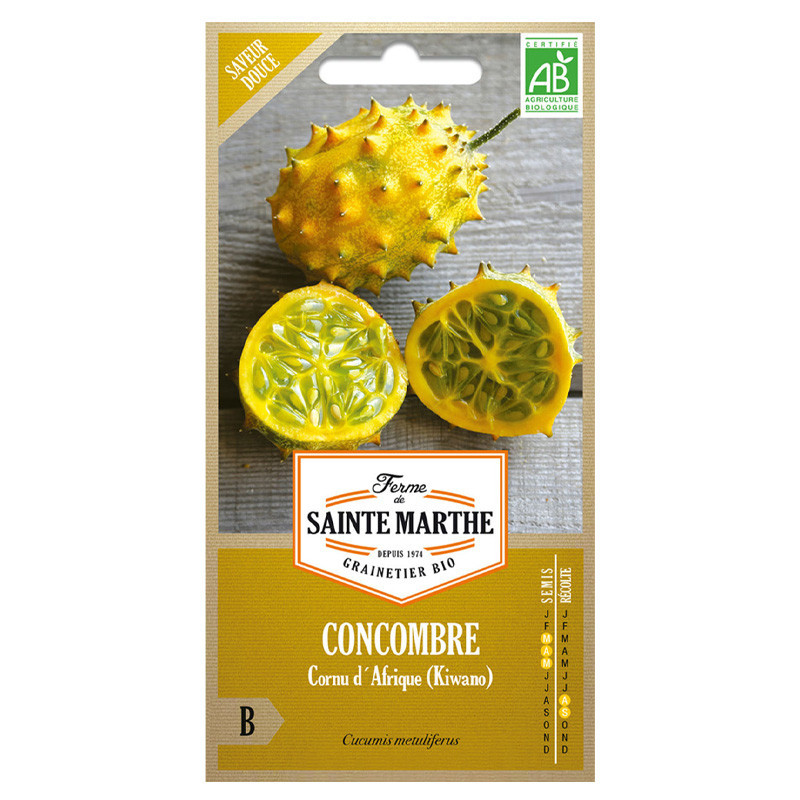


African Horned Cucumber Kiwano - 20 seeds - AB - La ferme Sainte Marthe
Indoor Discount offers you quality seeds, carefully selected to guarantee rapid germination and vigorous plants
Data sheet
-
TypeSeeds
Get quality results with our selection of seeds!
The African horned cucumber, also known as kiwano or melano cucumber, is a variety of cucumber native to sub-Saharan Africa. Unlike traditional cucumbers, the African horned cucumber has a unique appearance, with a spiny, bright-orange skin and an elongated horn-like shape, hence its name.
Although African horned cucumbers are often grown for their ornamental appearance, their gelatinous flesh and refreshing flavor also make them an interesting addition to fruit salads, cocktails or even cooked dishes. To grow African horny cucumbers successfully, we recommend sowing the seeds in well-drained, fertile soil in a warm, sunny spot. As with most cucumbers, they need regular watering to keep the soil moist, but take care not to flood them, as this can cause root rot. African horned cucumbers are climbers, so providing support such as a trellis or lattice can be beneficial to help them grow and develop. The fruits are ready to harvest when they are ripe and the skin turns yellow-orange. You can cut them with a sharp knife.
African horny cucumbers can be stored at room temperature for several weeks, but they keep best when stored in a cool, dry place.
Organically grown (AB)
Good to know:
Sowing: March / May
Harvest: August / SeptemberDiscover a rarity in the plant world: the African Horned Cucumber, also known as Métulon or Kiwano. Its unique appearance is matched only by its delicate, juicy flesh, offering subtle flavors reminiscent of kiwi or banana, depending on its stage of ripeness. Whether in a fruit salad, with fish or just with a touch of salt, this fruit will awaken your taste buds. And for lovers of daring cocktails, it's a perfect addition to certain recipes.
For successful cultivation, plant the seeds between March and May in pots, in a warm environment of at least 20°C. Transplant once they have developed three leaves and frost is no longer a concern. In loose, cool, humus-rich soil, space them about 60 cm apart, with rows 1.30 m apart. If you choose to grow against a wall, leave a 50 cm gap between plants. Be sure to expose your plants to plenty of warm light.
For optimum growth, water regularly but not excessively, and remember to mulch to maintain humidity. Harvesting, which generally takes place in late August or early September when the fruit takes on a yellow/orange hue, offers an abundance of flavor. You can store them for several weeks at room temperature, in a well-ventilated area, without the need for refrigeration.
And here's a tip for lovers of small vegetable gardens: encourage your cucumbers to climb a support such as a wire fence. Not only is this a practical method for better light exposure, it also keeps the fruit clean and makes harvesting easier. And guess what? It works for gherkins too.
Details:
- Color: Yellow
- Life cycle: Annual
- Type: Reproducible seeds
- Plant habit: Climbing
- Soil: Drained
- Germination temperature: 22 to 25 °C
- Sowing depth: Equal to seed size
- Sowing technique: In pots of 3 to 4 seeds
- Sowing container: In bucket
- Watering frequency: Moderate / Daily
- Exposure: Sun
- Foliage: Deciduous
- Planting: In the ground
- Plant hardiness: Frosty
- Sowing to harvesting: 120 to 150 days
- Seed emergence: 5 to 10 days-
-
TypeSeeds
-
Trier ses déchetsNos emballages et/ou nos produits peuvent faire l’objet d’une consigne de tri. Plus d’info.
-
Our customers also liked
-

-
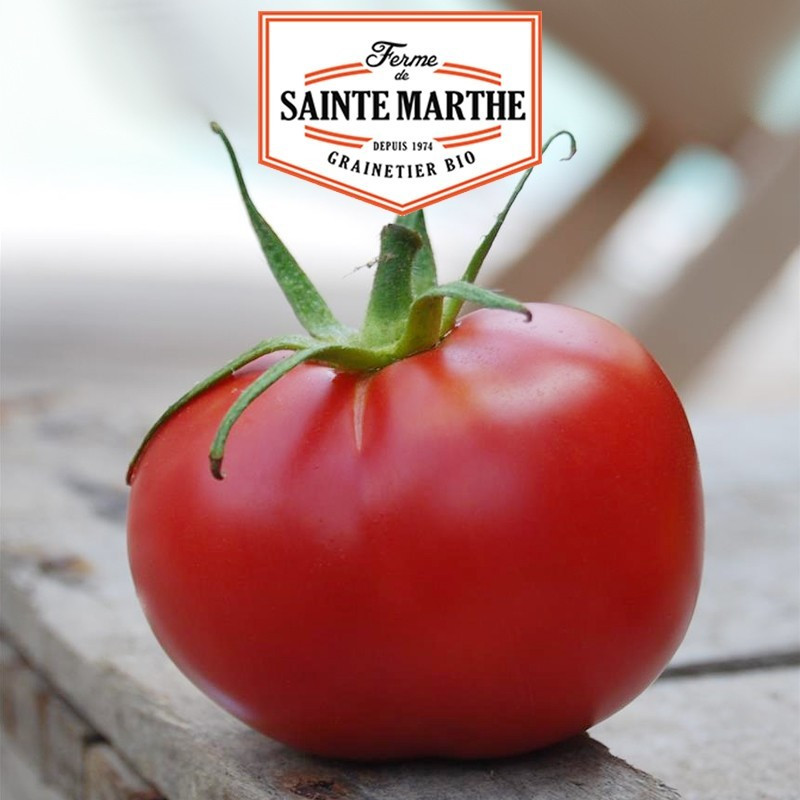
-
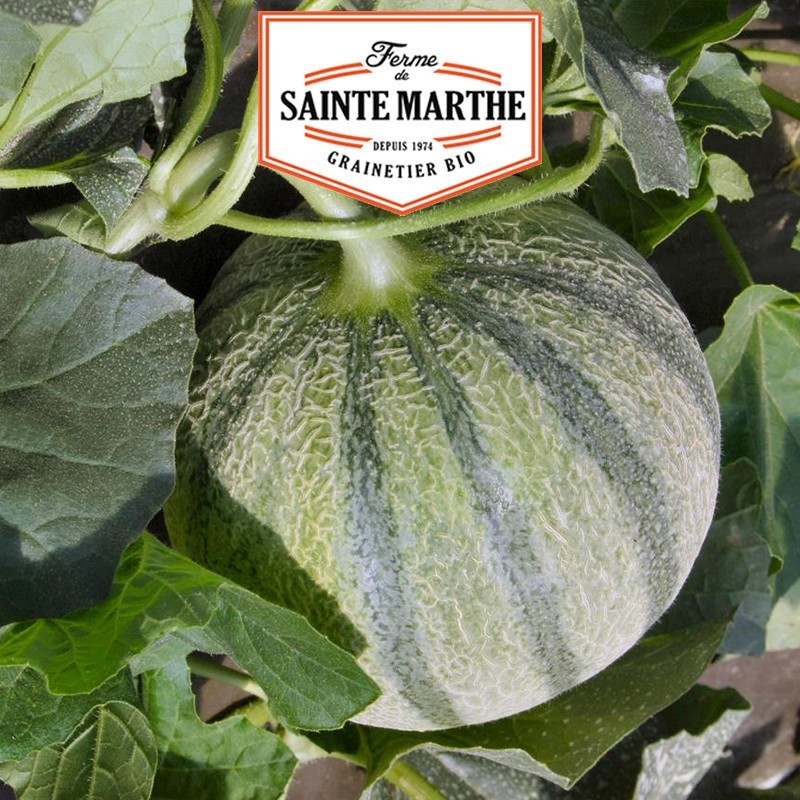
-
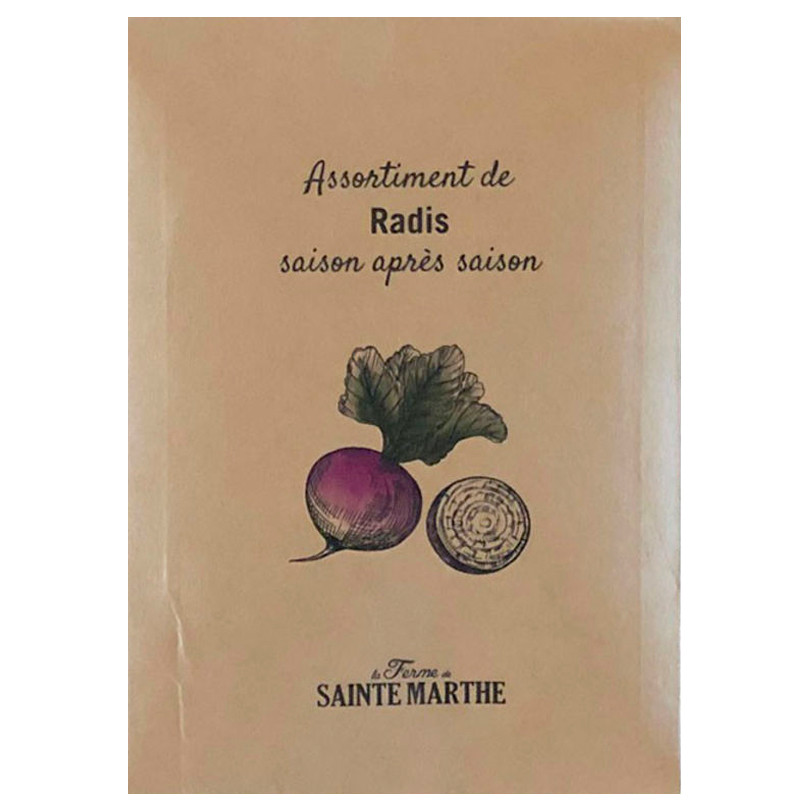
Radishes - 500 seeds - Season by season assortment - AB - La ferme Sainte Marthe
La ferme sainte marthe€18.90
